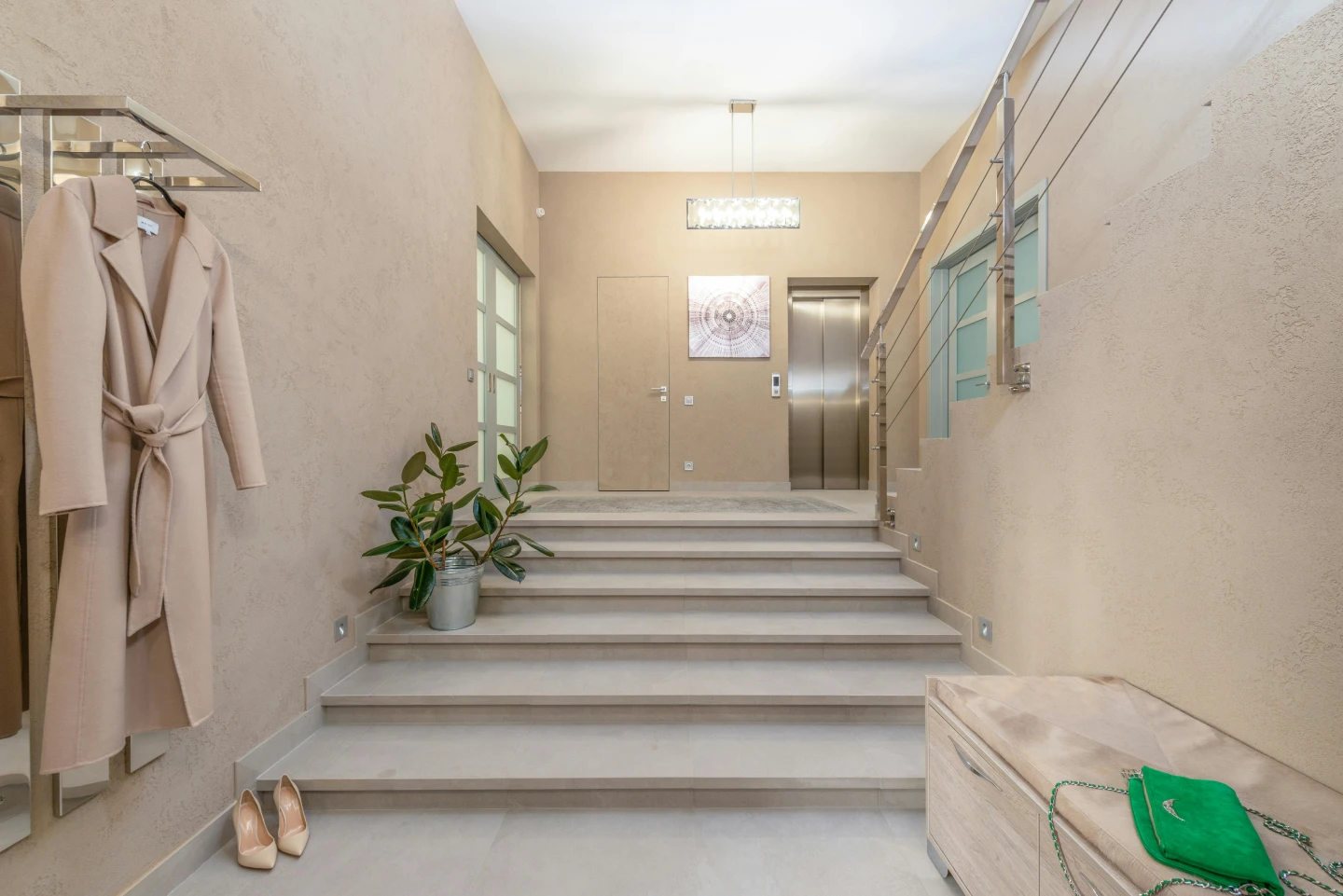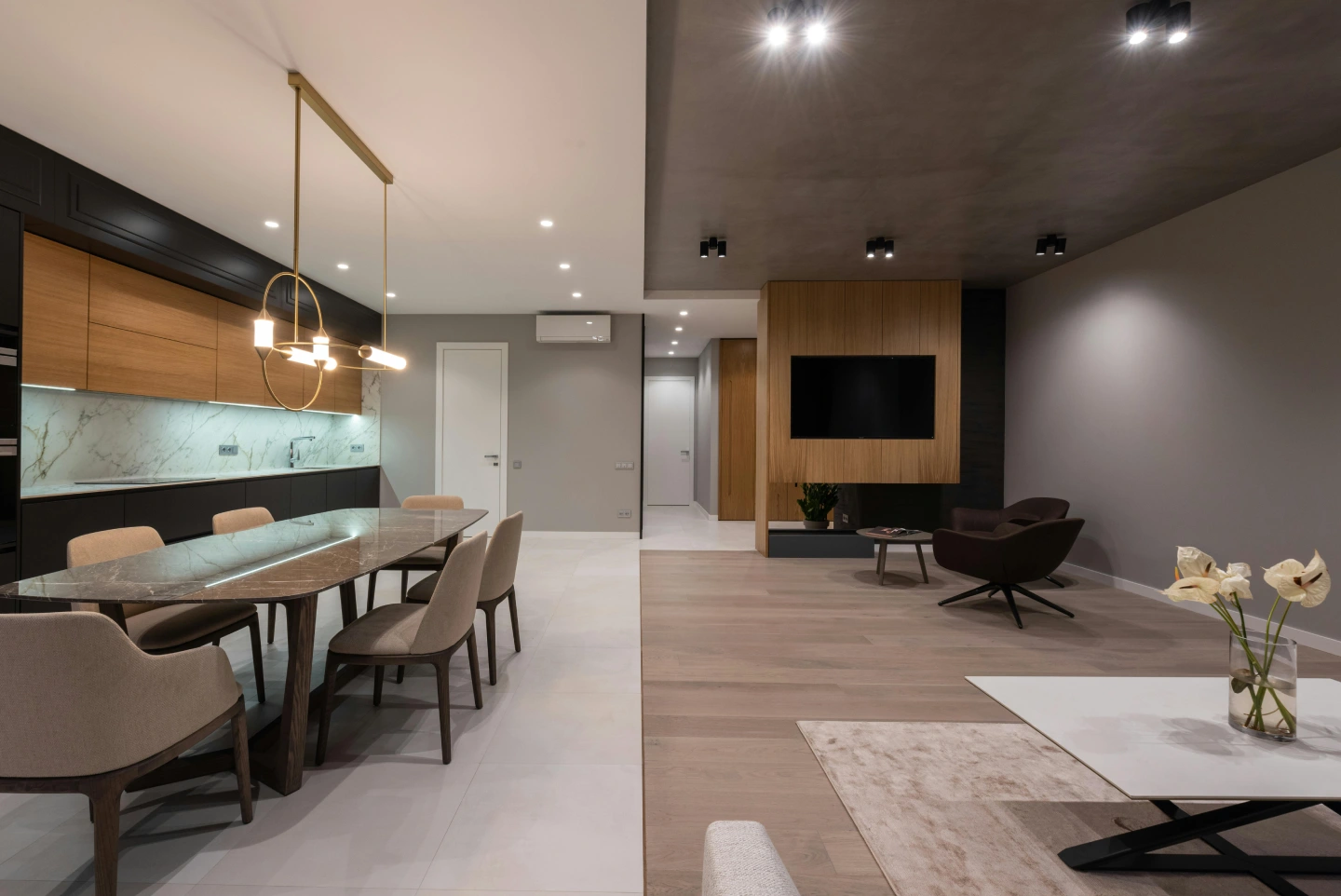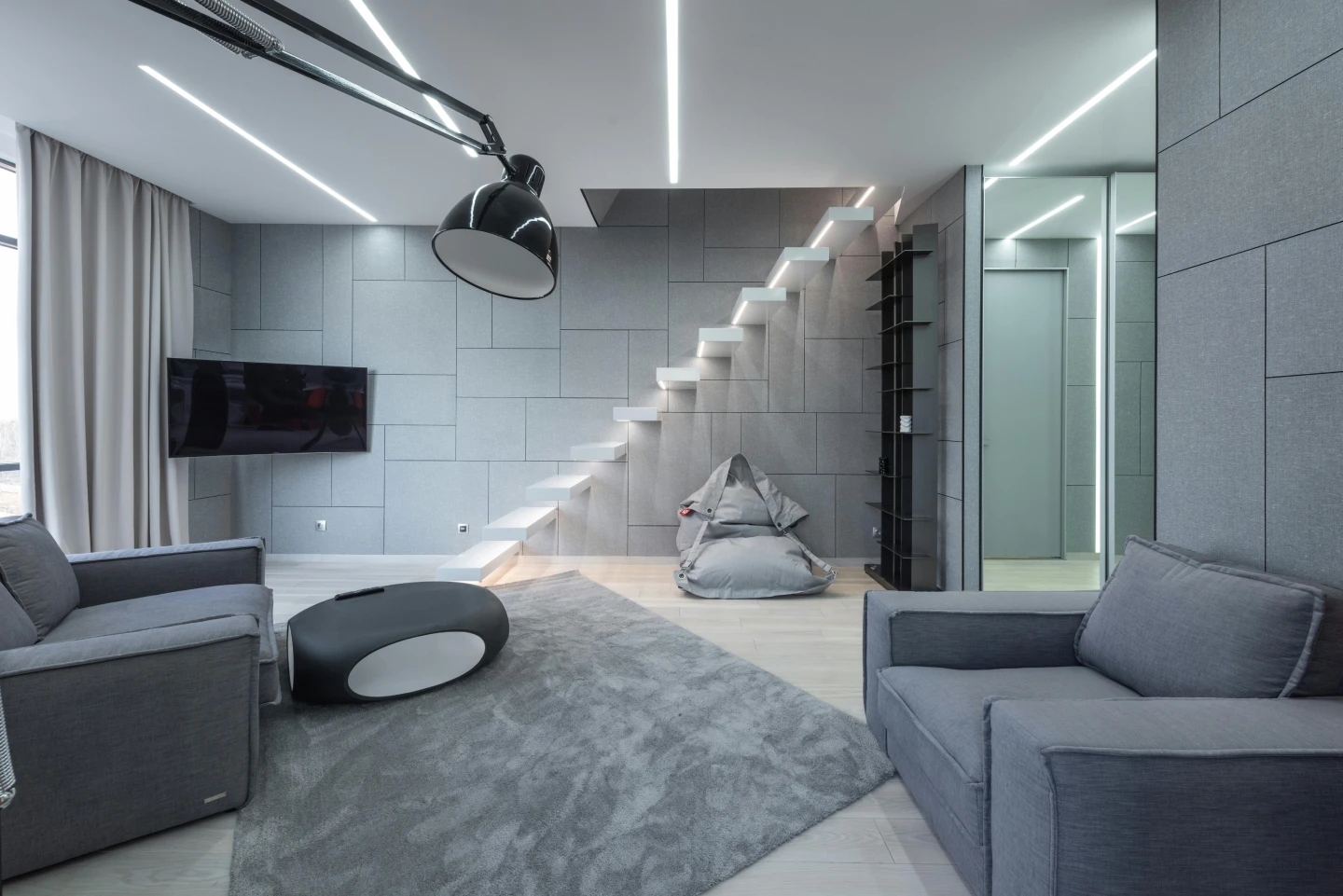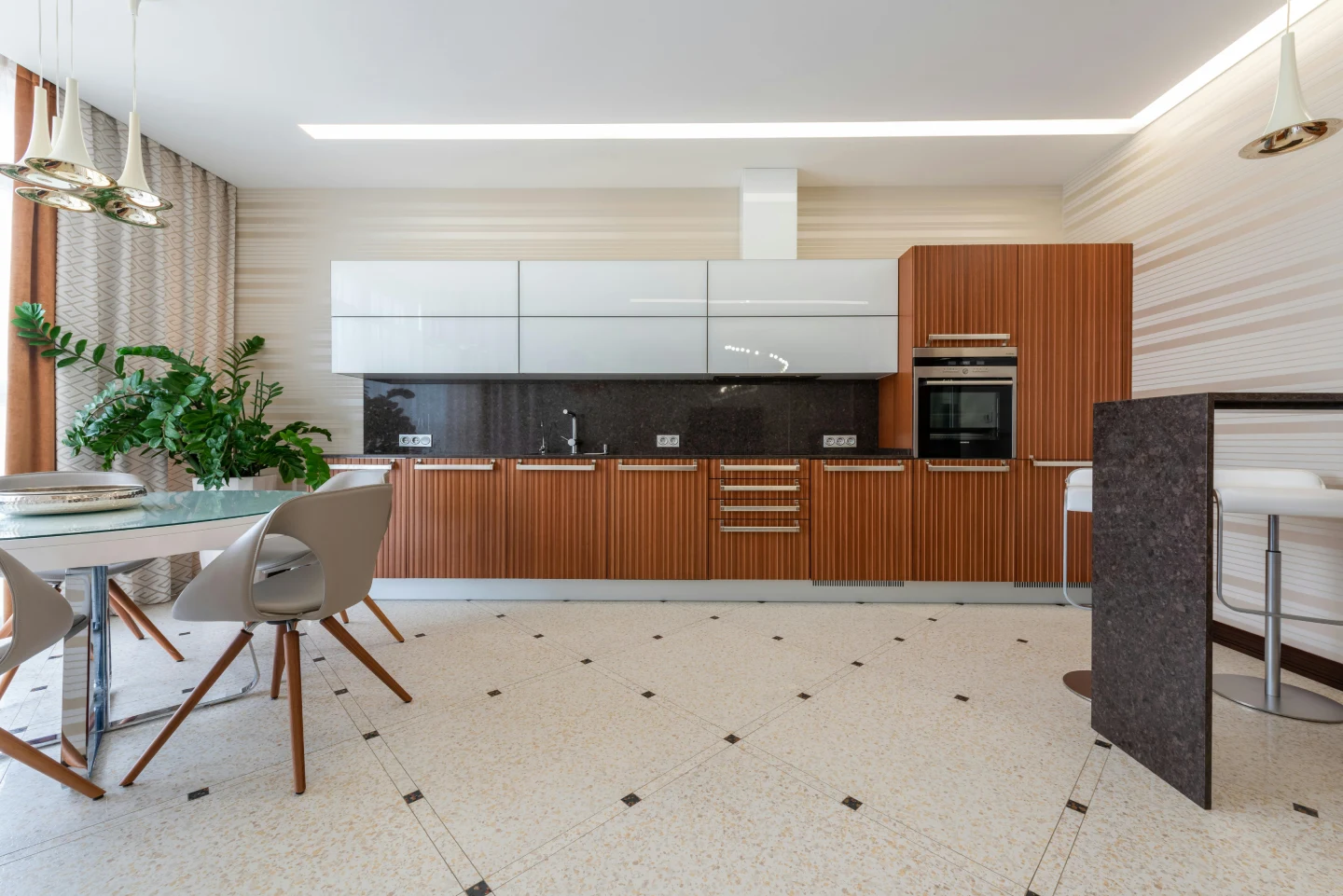How many Best Options for Rental Properties Floorings are there? <6>

As a property landlord, you always want your house to look clean and appellative. You also worry about the tenants and their responsibilities to keep interior items as clean as day one. One of the most important things in this regard is choosing the right flooring for your rental property. Not only does rental properties floorings enhance the aesthetics of your property, but it also withstands the wear of multiple tenants. Rental properties floorings should also be easy to install and maintain. Many tenants don’t take care of the flooring as the owner would do.
What are the most important characteristics of rental properties floorings?
In short, rental floorings need to be affordable, durable, and low maintenance. Below, you will find several factors to consider when choosing the flooring for your rental house:
1. Price
The price of the house items should match the rental price of the property. If you choose costly flooring, it adds to the overall cost of the house, thus not being affordable. However, you don’t want to select low-quality materials that are costly to maintain. On the other hand, high-end properties might benefit from premium flooring materials, maximizing the value added to the house. So, consider your budget and the preferable price for your house in any specific location. Higher-end rentals attract more tenants who expect fine floorings.
2. Aesthetics

As a landlord, your first goal is to rent the house as soon as possible. So, aesthetics plays a major role in renting the property easier and faster. For a more visually appealing look, you can choose the same flooring throughout the house. But for bathrooms and kitchens, choose water-resistant ones. On the other hand, the same flooring in the entire home makes it look larger and more modern. Such floorings include vinyl tile, laminate, and linoleum.
3. Installation
Installation costs vary from one type of flooring to the other type. Easy-to-install floorings lower expenses and minimize downtime between tenants and landlords. Some floorings are DIY-friendly and save your time and budget, while others require professional floor installation services. Though more expensive, they offer guaranteed finished aesthetics.
4. Maintenance
Some floorings require more maintenance, such as waxing, oiling, or buffing. Choosing low-maintenance floorings for rental properties is a key factor to save time and money in the long term. Tenants are more willing to live in a house where the flooring is easy to maintain and clean since they are responsible for handling regular maintenance and taking care of spills and smudges. Such floorings include engineered hardwood, vinyl, laminate, and cork.
The best time to do maintenance is between tenants’ turnovers since it requires all furniture to be removed from the room. However, it increases your workload when tenants move in and out.
5. Durability

Durability is the next important factor. Since rental properties are high-traffic areas due to tenants’ intervals or lugging heavy suitcases, you need durable flooring to tolerate increased wear and tear over the years. In this way, you can also reduce maintenance and replacement costs in the future, which will save time and money in the long term.
6. Environmental Factors
The location of the property determines the overall price of the house and the interior items, including the flooring. Choose the flooring suitable to the potential tenants of the house and the comparable rental prices in the property’s location. Climate is the other factor to take into consideration. If you live in hot and humid environments, choose floorings that are water resistant, such as tiles, but if you live in dry areas, choose durable floorings like hardwood floors and carpets.
7. Color
When choosing colors, go for neutral ones. They match with almost most colors and styles since each of the tenants has differing tastes. So, this is a safe option for you, appealing to a wider range of tenants.
What are the best floorings for rental properties?
1. Carpet

As the number one choice for flooring, landlords love carpets for its affordability and ease of installation. They offer warmth, comfort, and color to your property. Since they reduce the noise of the atmosphere, they are recommended for bedrooms and playrooms.
Pros: First and foremost, carpets are soft and comfortable, preventing slips and falls. They are budget-friendly, almost the cheapest option out there! They have a longer lifespan due to their high maintenance requirements and susceptibility to wear and stains. Carpets are versatile in many types, patterns, and colors.
Cons: The carpet requires regular cleaning and replacement, especially in high-traffic areas. Stains and burns are not easily removed, so they require regular replacement. You should follow regular vacuuming and shampooing to keep your rental property looking fresh. Carpets are susceptible to moisture. If it leaks into the surface, molds will grow there, posing health hazards. Thus, it is not suitable for kitchens, bathrooms, or basements.
Tip: If you are looking for a carpet material that is a full package of resistant to scratch, recyclable, pet friendly, and anti allergies, we introduce Mohawk and Shaw Carpet to you. These high qualified floorings are available at very low prices at Flooring Outlet and More. Thank us late.
2. Hardwood
Hardwood floorings have always been popular. They add timeless luxury and enhance the value of your property. Natural and organic in texture, this material comes in a plethora of grains and tones that match any design in the house. It is best suited for rooms with less traffic, such as bedrooms, dining, and living rooms.
Pros: There is a wide range of engineered hardwood floorings to choose from, depending on the style of your property and budget. Hardwood has long-term durability and is really easy to maintain and clean. Regular cleaning and finishing are done to keep it in the best condition and to lower the replacement costs over the years. Keep in mind that hardwood increases the value of your property if you want to sell it later.
Cons: Hardwood is expensive compared to other types. Thus, as a larger initial investment, they are more appropriate for high-end rentals. It is prone to dents and scratches, so it requires regular sealing and refinishing. Since hardwood is not waterproof, humidity and moisture cause it to wrap up. Hence, it is not appropriate for beach rentals and tropical climates.
3. Vinyl

Many landlords favor vinyl not just because it comes in tiles, planks, and sheets but also because it resembles raw material texture, including hardwood and tile looks. It offers versatile options to cover the entire surface. The most popular types of vinyl are LVTs (Luxury Vinyl Tiles) and LVPs (Luxury Vinyl Planks).
Pros: Durable and affordable, high-quality vinyl planks last for years. They are highly wear and water-resistant, so no more worries about spills and stains! They feel softer under the feet than other types and are suitable for pets’ paws. Due to it’s flexibility, luxury vinyl flooring is easy to maintain and require little time to prepare. They even don’t require prepared subflooring, which makes the installation easier. In this way, long-term costs of replacement and maintenance are reduced.
Cons: Vinyl is less stylish and durable than hardwood and stone. They are susceptible to damage and cannot be easily repaired or refinished. Since glue is used to match the planks, they are difficult to remove. On the other hand, it cannot be recycled and thus is not eco-friendly.
4. Tile
Tiles are popular among rental owners and are available in several materials, including porcelain, ceramic, and natural stone. You can find them in almost all styles, sizes, and designs. The best places to install tiles include the kitchen, bathroom, mudroom, and basement.
Pros: Tiles are really durable and water resistant, so they don’t stain, scratch, or retain odors. It requires low maintenance costs. Keep in mind that tiles are suggested for allergy-sensitive guests and pets.
Cons: Tiles are difficult and costly to install. They feel cold under the food, thus not ideal for cooler climates. They also become slippery when wet. Tiles can easily crack under heavy objects, cause foundation issues, or cause incorrect installation. So, the weight might not be suitable for high-level units.
5. Laminate

As an alternative to hardwood, laminate favors those landlords who have a limited budget but want the appeal of wood floors. It is made of four different layers of synthetic materials clicked together. You can have a tough finishing layer for higher protection from stains and wear. In this way, the floor becomes durable and easier to maintain, making it suitable for families with children and pets.
Pros: Laminate is really affordable. Resembling the look of hardwood at a much lower cost, laminate offers resistance to stains and scratches. Thus, it is suitable for high-traffic areas such as kitchens. They are also easy to install and clean with minimal maintenance costs since they don’t trap dust and allergens.
Cons: Laminate is less stylish than hardwood floorings. Be cautious with moisture since they are not water-resistant and can be easily damaged. On the other hand, it feels hard underfoot.
6. Linoleum
Available in many shapes and sizes, linoleum is affordable and lasts a long time. It is made from natural materials, offering anti-static properties. It is also visually appealing, extending the wear layer.
Pros: Linoleum is an eco-friendly flooring that is also a biodegradable, and durable option, preventing dust particles from sticking to the surface. So, it’s suitable for kitchens and playrooms.
Cons: Linoleum requires regular sealing and a higher maintenance cost.
What is the best flooring for a rental property with pets?
Since many tenants might have pets causing all kinds of mess on the floor, consider pet comfort, pet traction, and resistance to scratches and damage. The flooring options to choose from are stone tile, laminate, bamboo, and cork. These floorings are eco-friendly and anti-microbial, keeping the property free from mold and allergens. It is recommended to avoid carpet and solid hardwood since they are prone to stains and damage.



Did you find what you were looking for?